
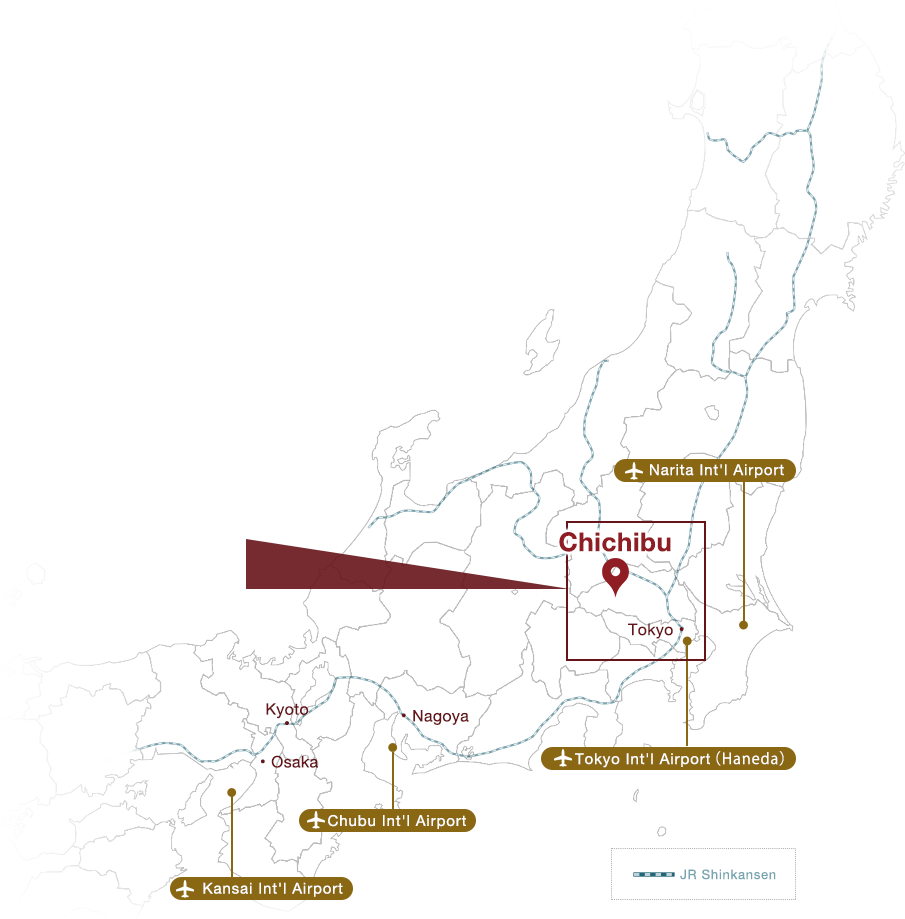
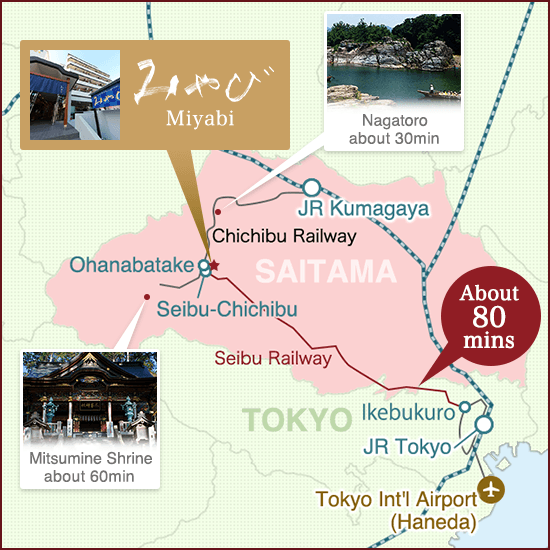
Building B, Kumagimachi 24-14, Chichibu City,
Saitama Prefecture 368-0032
From Haneda Airport via Seibu Ikebukuro Station
2 hours 25 minutes
From Haneda Airport via JR Tokyo Station
2 hours 35 minutes
We offer a free shuttle bus to and from Seibu Chichibu Station.
If you would like to use the shuttle bus, please call us when you arrive at Seibu Chichibu Station.
Shuttle bus hours: 9:00 a.m.–11:00 a.m., 3:00 p.m.–7:00 p.m.
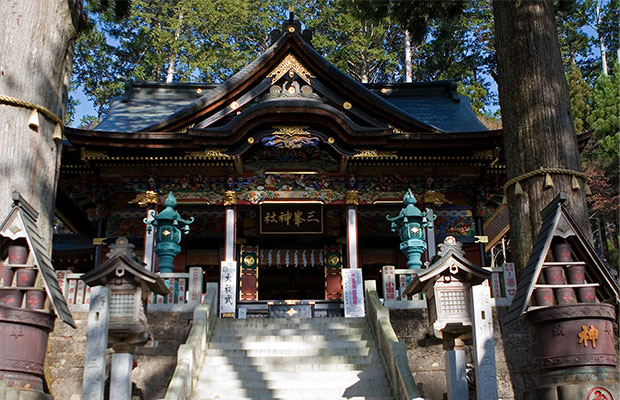
~60 min by car
One of the Three Shrines of Chichibu, Mitsumine-jinja Shrine stands on Mt. Mitsumine at an elevation of 1,100 meters. It is said that it was built by legendary prince Yamato Takeru. It has a mitsutorii—a rare type of torii gate—and its haiden hall is adorned with colorful decorations. It’s also a popular scenic spot.
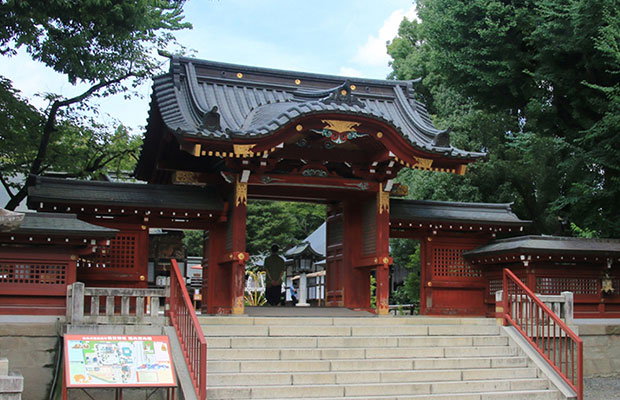
~10 min on foot
It is said that Chichibu-jinja Shrine was built 2,000 years ago. This historical shrine is considered one of the Three Shrines of Chichibu. Its honden hall was reconstructed by Tokugawa Ieyasu, and the shrine is well-known for its elaborate sculptures, which include master sculptor Hidari Jingoro’s Kosodate no Tora (Child-Rearing Tiger) and Tsunagi no Ryu (Binding Dragon).
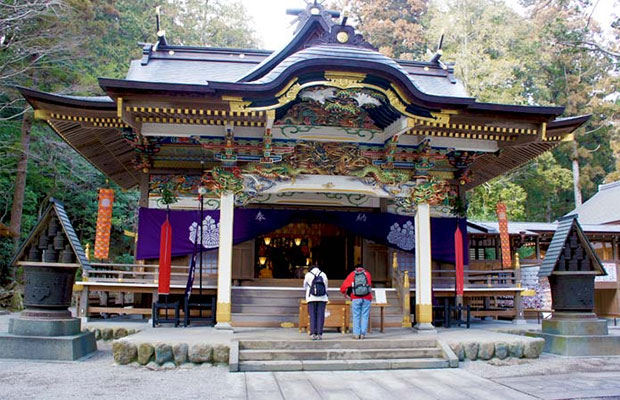
~30 min by car
One of the Three Shrines of Chichibu, Hodosan-jinja Shrine is surrounded by the bountiful nature of Mt. Hodo. The construction of its honden hall spanned from the final years of Tokugawa rule into the Meiji period, and it is set with colorful adornments. The inner shrine stands on the summit of Mt. Hodo, which can be accessed by ropeway.
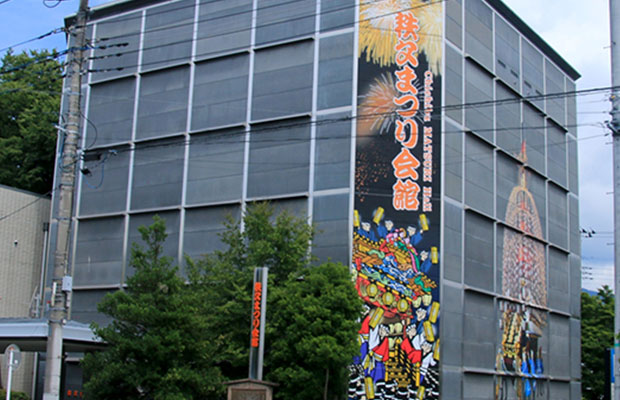
~10 min on foot
The Chichibu Festival Museum showcases stalls, floats, and other materials relating to the Chichibu Night Festival—a festival held every year in December that is considered one of the three greatest parades in Japan. See the gorgeous, elaborate stalls and floats, with grand music by the Chichibu Yataibayashi in the background.
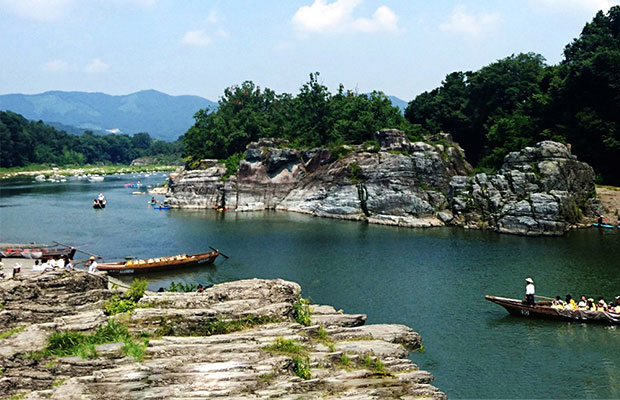
~30 min by car
This spot in a shallow valley along the Arakawa River, between Oyahana Bridge and Takasago Bridge, is home to rock formations and pools of all shapes and sizes and the Chichibu Red Cliffs, whose heights are in the double digits. Visitors can also take a boat ride and enjoy the scenery and the rapids of the Arakawa River.
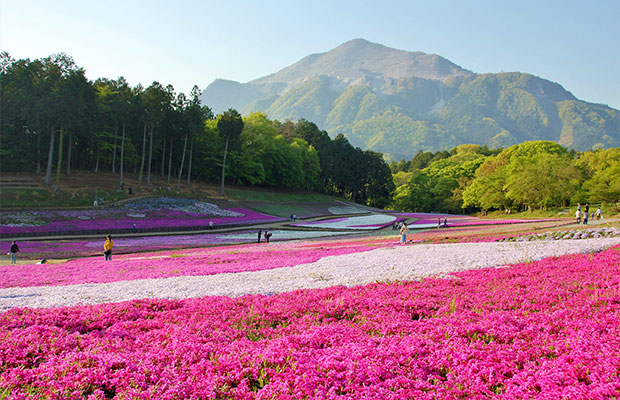
~15 min on foot
This park offers a commanding view of Chichibu. On Shibazakura Hill, nine varieties of shibazakura flowers cover vast stretches of earth like a blanket of flowers. Travelers flock to the park in April and early May, when the shibazakura are in bloom.
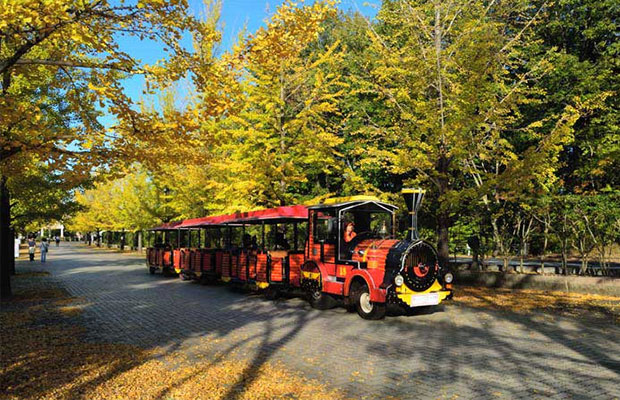
~15 min by car
Chichibu Muse Park was designed to complement and emphasize the green, bountiful nature of Chichibu. The park is located on top of a hill, so visitors can enjoy a view of Chichibu. It also has a music hall, an outdoor stage, tennis courts, a pool, an athletic field, and more.
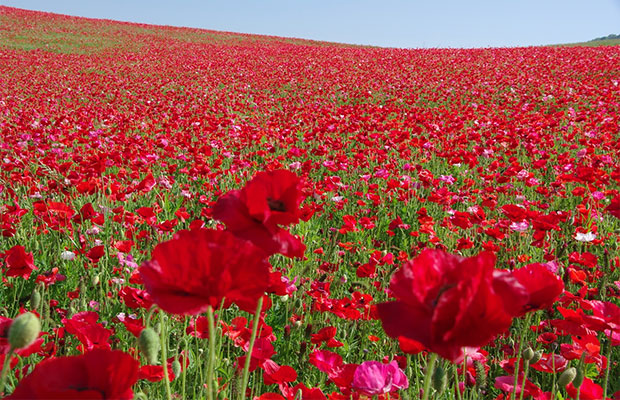
~25 min by car
This poppy field inside Sainokuni Fureai Farm (Chichibu Takahara Farm) rests at an altitude of 500 meters. 15 million bright red poppies bloom in this highland field. Though it varies depending on the temperature, the poppies typically bloom in late May and early June.
Learn more about tourist spots